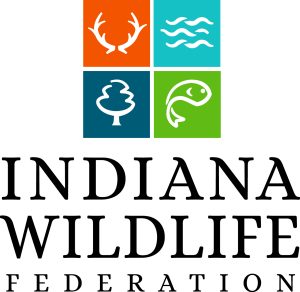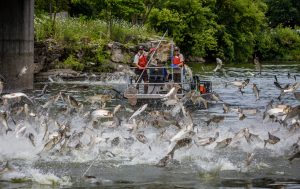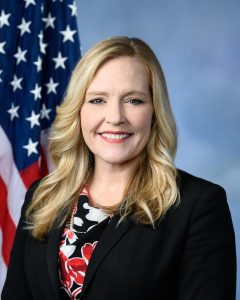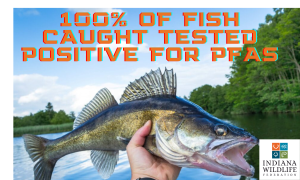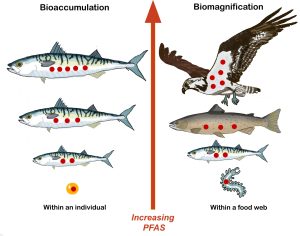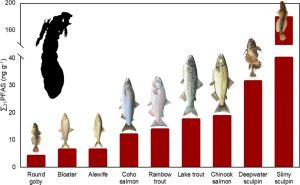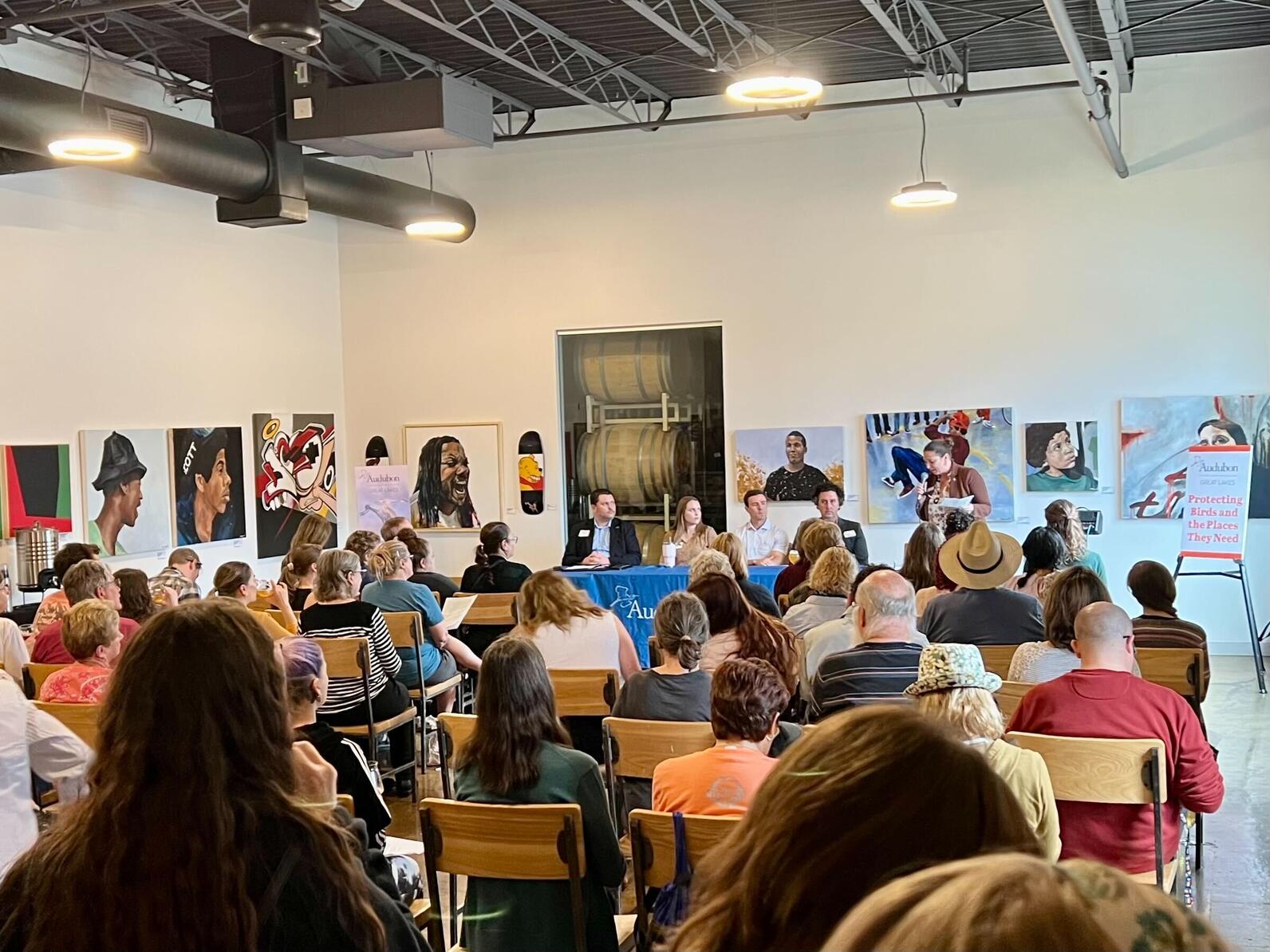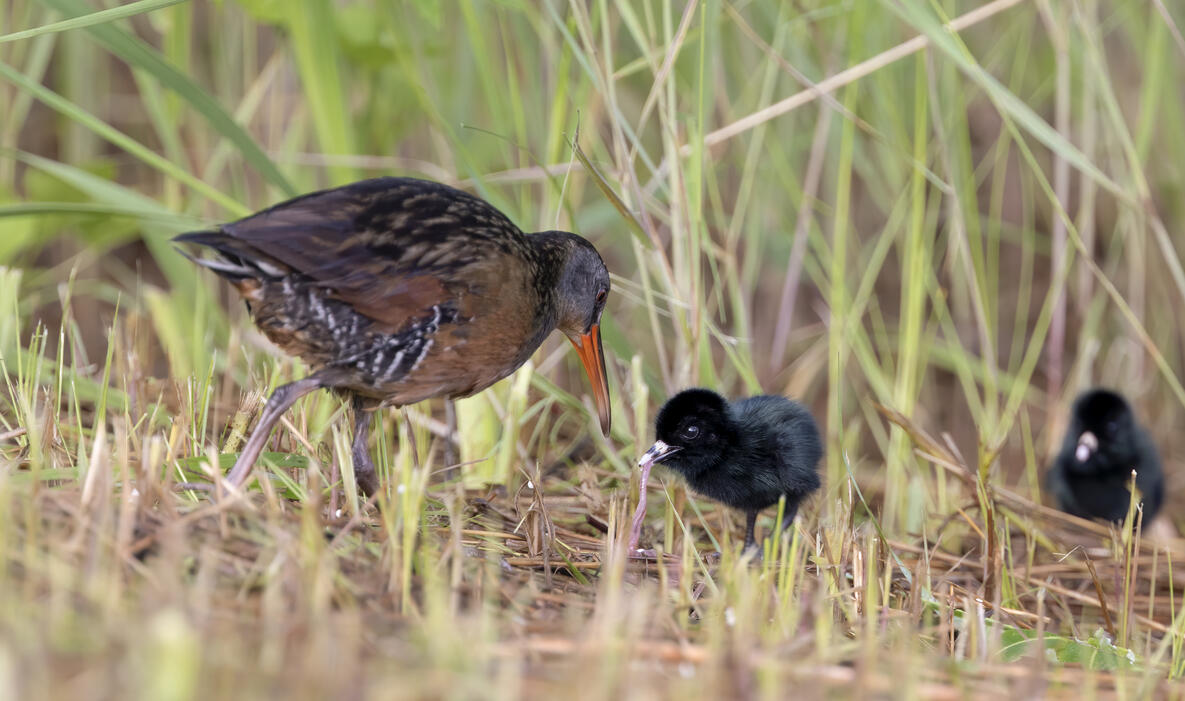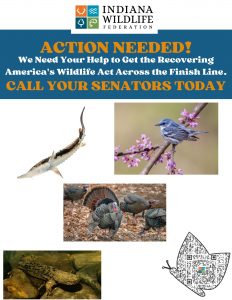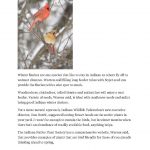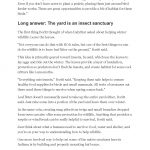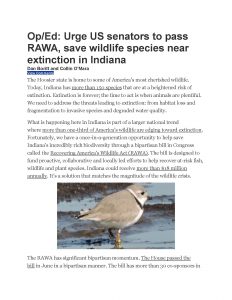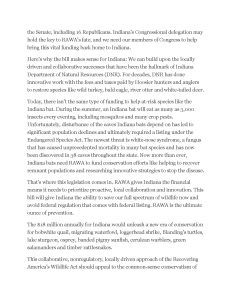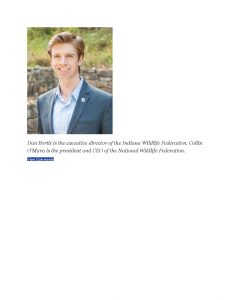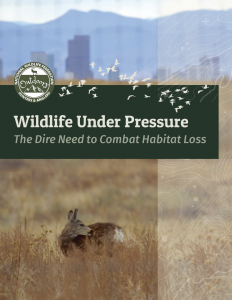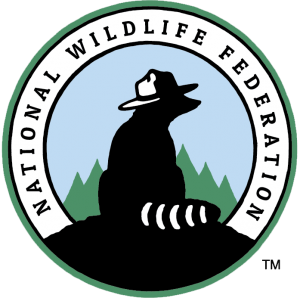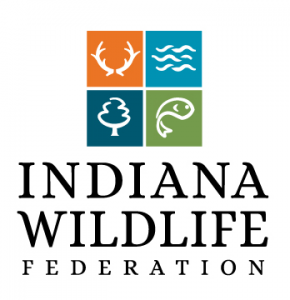FOR IMMEDIATE RELEASE
October 31, 2025 Contact: Dan Boritt; (202) 674-1982/(317) 759-0661
Indiana Wildlife Federation Leads Charge to Restore and Protect Indiana’s Ohio River Basin Waters
Indianapolis, IN – A new, powerful coalition of over 120 local, state, and national conservation groups, including the Indiana Wildlife Federation (IWF), has launched to restore and protect the interconnected waters of the Ohio River Basin. This massive region drains over 80% of Indiana’s waterways, making the health of the Ohio River and its tributaries critical to all Hoosier communities.
The Healthy Waters Coalition seeks to secure a long-overdue regional restoration plan and the federal funding to implement it, a major priority for Indiana stakeholders and U.S. Congresswoman Erin Houchin (R-IN-09).
Congresswoman Houchin, as Co-Chair of the bipartisan Ohio River Basin Congressional Caucus (along with Congressman Morgan McGarvey (D-KY-03), is a key leader driving the push for dedicated federal investment in this crucial waterway.
“The Ohio River is essential to millions of Americans, providing drinking water and supporting jobs across our region,” said Congresswoman Erin Houchin. “We’re committed to ensuring the river gets the attention and resources it needs by securing federal funding and bringing together stakeholders to develop a plan that protects and restores it for future generations. Introducing the Ohio River Restoration Program Act with my co-chair is the critical first step to ensuring the Basin receives the same level of federal attention as the Great Lakes or Chesapeake Bay, which is vital to Southern Indiana’s economy and public health.
The Indiana Wildlife Federation (IWF) is playing a central leadership role in this regional effort, recruiting over 30 Indiana related nonprofits. IWF has been instrumental in advocating for the needs of Indiana’s streams, wetlands, and wildlife in the Ohio River Restoration Plan.
The IWF’s mission to promote the conservation and sustainable use of Indiana’s wildlife and habitats directly tied to the success of this restoration. A healthier Ohio River Basin means a stronger future for Indiana’s biodiversity, cleaner water and flourishing wildlife populations.
“As Hoosiers, we play an outsized role in the Ohio River, as over 80% of our state drains into the river,” said Dan Boritt, Executive Director for the Indiana Wildlife Federation. “The IWF is proud to be a driving force in the Healthy Waters Coalition. This plan, and the federal funding Congresswoman Houchin is fighting for, is an investment in the health of our children, the strength of our local economies, and the future of Indiana’s cherished outdoor heritage. For far too long the Ohio River basin and the wildlife that call it home have been neglected. This coalition is a loud call that time is nearing an end.”
The Ohio River Basin Restoration and Protection Plan can be found here.
To learn more about the efforts to help restore the Ohio River basin, you can sign up for Indiana Wildlife Federation emails HERE .



